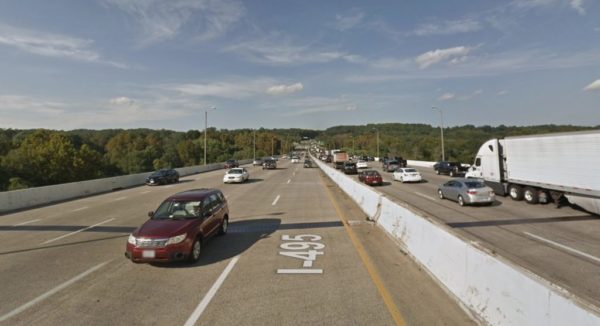In the series of Q&A discussions, the Virginia Department of Transportation (VDOT) discussed plans to extend the 495 express lanes to the American Legion Bridge. Concerns from local residents about the project ranged from impact on the road to impact on surrounding communities.
While VDOT mostly maintained that the project will help travel times on I-495 and reduce impact on nearby neighborhood traffic, there were other areas where VDOT said the I-495 expansion may not live up to some hopes.
Implementation of dedicated transit, for instance, may not be in the cards without a public subsidy.
“Currently our number one goal is no public subsidies or funding to have this improvement on the Beltway,” said Susan Shaw, director of mega-projects for VDOT. “There’s not been any decision made about whether there would be additional revenue available for any type of transit, and there hasn’t been that kind of commitment, but we’re in discussions with Transurban. First and foremost goal is to complete the project without any public subsidy.”
In response to concerns about 118 acres of tree loss associated with the project, Shaw also said equal reforestation could be tricky.
“When we do reforestation, it needs to be within VDOT write of way,” Shaw said. “We’re often challenged to find space in right of way to do reforestation. Right now, we don’t have a specific budget. That will be something we work through as part of our work as we move into the final design.”
Shaw said the 118 acres projection would be maximum tree loss and VDOT is still working to minimize that.
The project is intended to add more capacity to I-495 to take some of the cut-through traffic off nearby McLean streets, though there are concerns without expansion of the American Legion Bridge and expansion on the Maryland side, the express lanes will only push the bottleneck further north.
Photo via Google Maps






